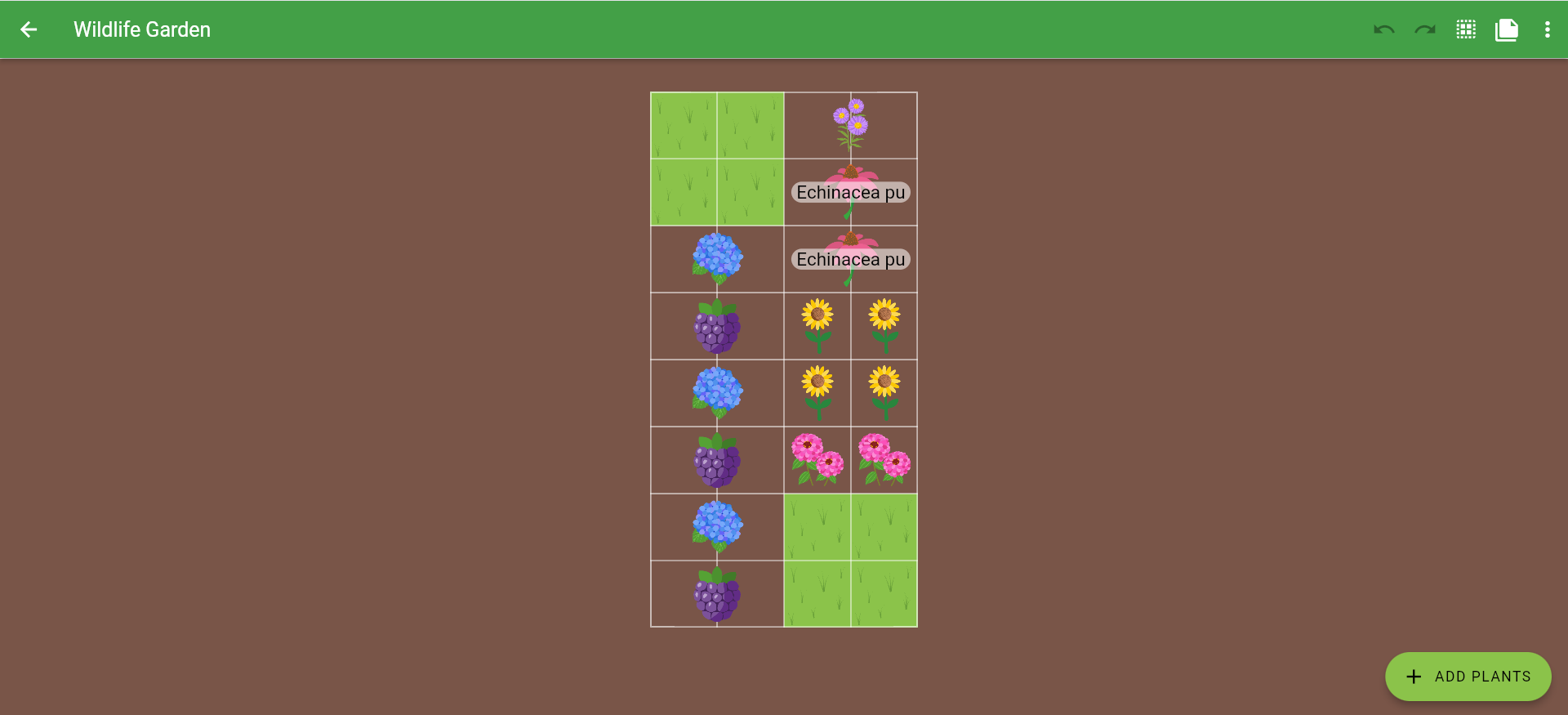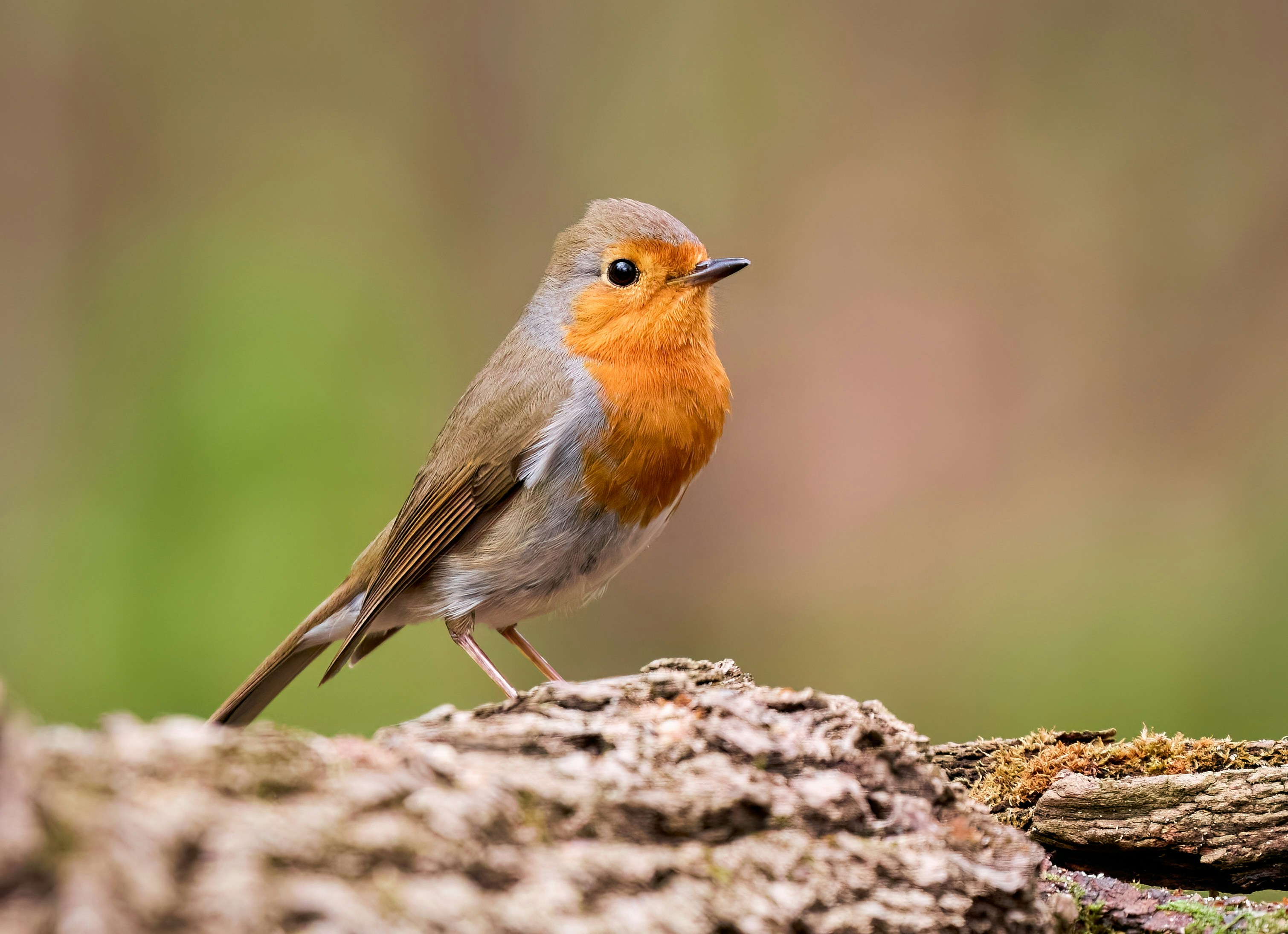If you have a garden, chances are you have wildlife. So why do you need to “create” a wildlife garden, you might be wondering? Gardening for wildlife is more than just having plants; it’s thoughtful touches that help the local animals.
Benefits of Wildlife in the Garden
A garden with a diverse population of insects, birds, and even small mammals indicates healthy soil and a good ecosystem. If you can draw birds into your garden, they can help keep the pesky bug population in control. The more pollinators you attract, the better the pollination of your crops. Small mammals can benefit the garden by aerating the soil, even if we don’t always consider that to be helpful. Earthworms help break down dead plants and contribute to the soil’s nutrient level. Let’s look at how you can turn your garden into a thriving wildlife community.
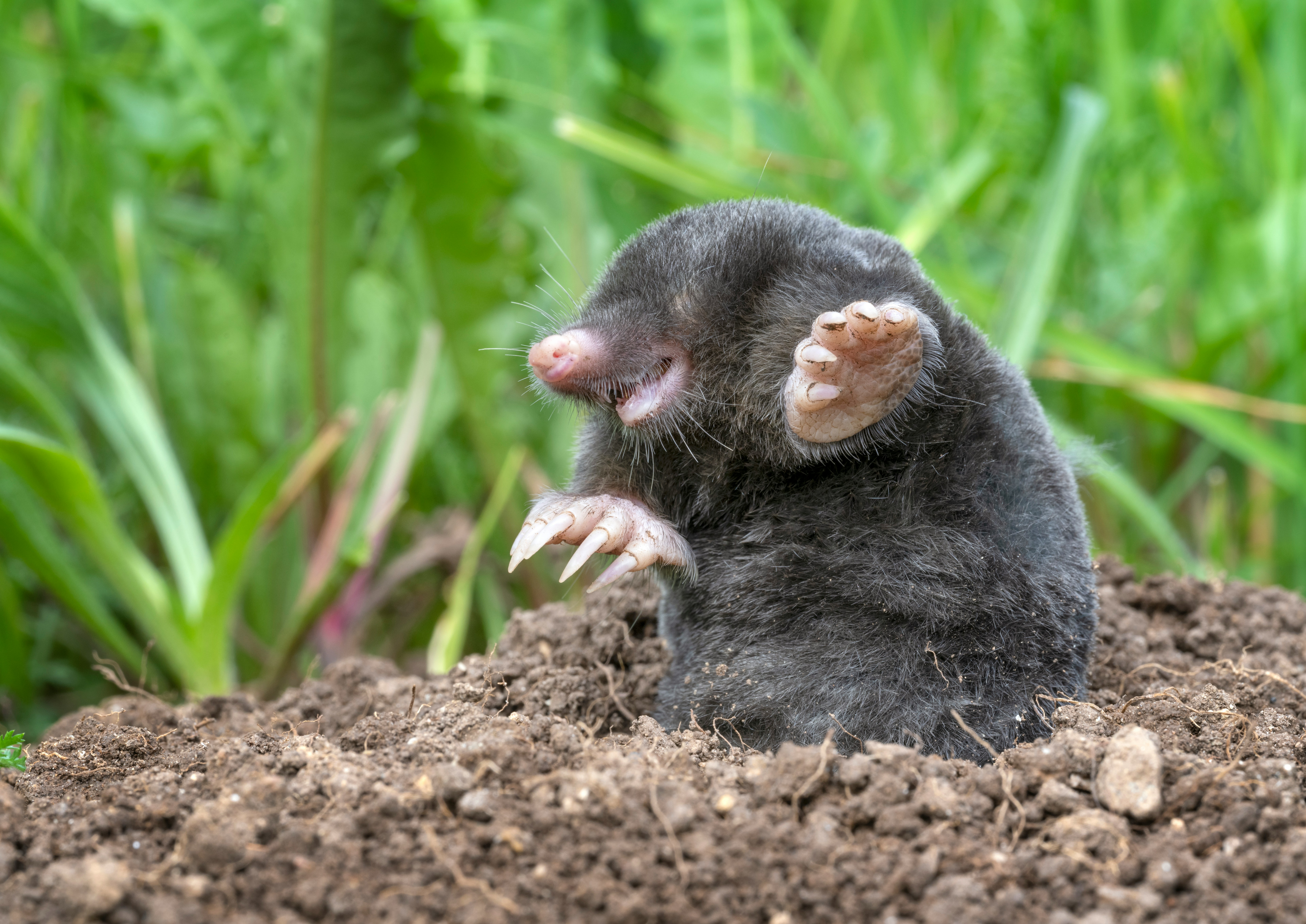
Water
All living things depend on water to survive in some form. Adding a water feature is a sure way to show wildlife that your garden is a great place to live. It could be something as small as a bee water station or a bird bath. A pond can support many beneficial life forms if you have the space. Dragonflies depend mainly on water and can help the garden in many ways; they eat flies, mosquitoes, and other bothersome bugs.
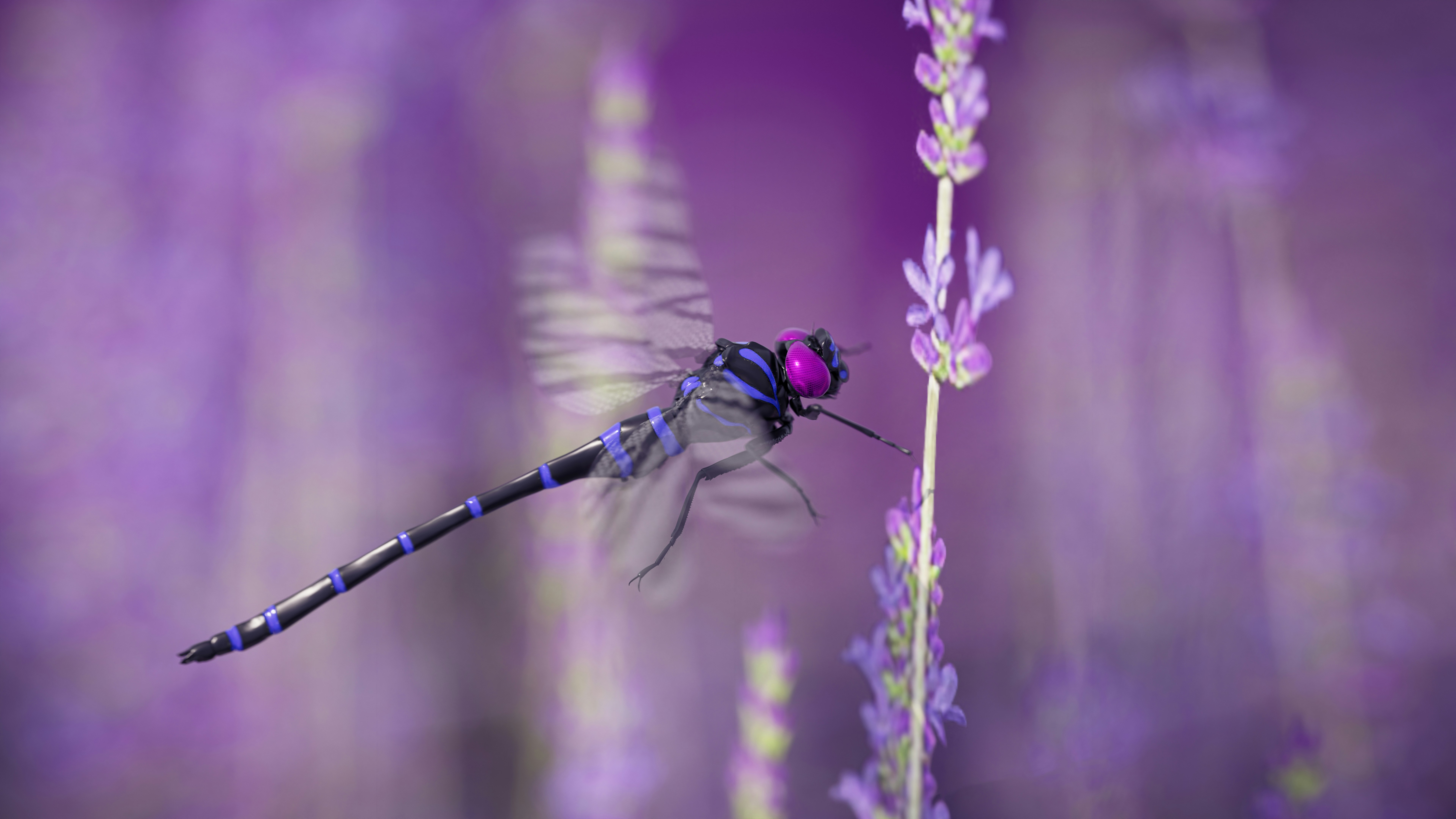
Birds rely on shallow sources of water to drink and keep themselves clean. Birds can also significantly reduce the insect population. Add a small bird bath to keep your feathered friends around for the bug buffet.
Bees are great for gardens as they help pollinate plants. Water is crucial for bees’ health when the weather gets hot. Honeybees use water to thin nectar for honey-making and to cool down their hive. Bees can drown in deep water sources. You can buy bee-safe drinking stations or make your own by placing marbles or rocks in a shallow dish and adding water. The bees can land on the rocks or marbles and dip to get water. Bee water dishes can dry up fast, so refill them daily.
If you can manage a pond, you can host a wide variety of beneficial wildlife. Frogs, toads, newts, dragonflies, and fish can all help your garden’s ecosystem.
Shelter
Bird houses offer birds a safe place to nest in the spring and summer months. If you have the space, hedges are also great places for birds to nest. Shrubs and trees like privet, hawthorn, and holly make great nesting spots. Long grasses are also great for providing shelter to birds, insects, and small mammals. Keep an area of your lawn shaggy and unmowed, or opt for a row of beautiful ornamental grasses.
Bats conjure up spooky feelings in some people, but there’s no reason to be afraid of these awesome creatures. One bat can eat thousands of bugs in one night. DIY tutorials exist on making a simple bat house, or you can purchase one assembled. Bat houses should be around 20 feet off the ground.
“Bug hotels” give beneficial bugs shelter to live and nest. You can buy cute bug hotels or make one yourself. They can be as simple as a pile of rotting logs, too. You can learn more about the benefits of leaving leaves, logs, and other materials in the garden over the winter here.
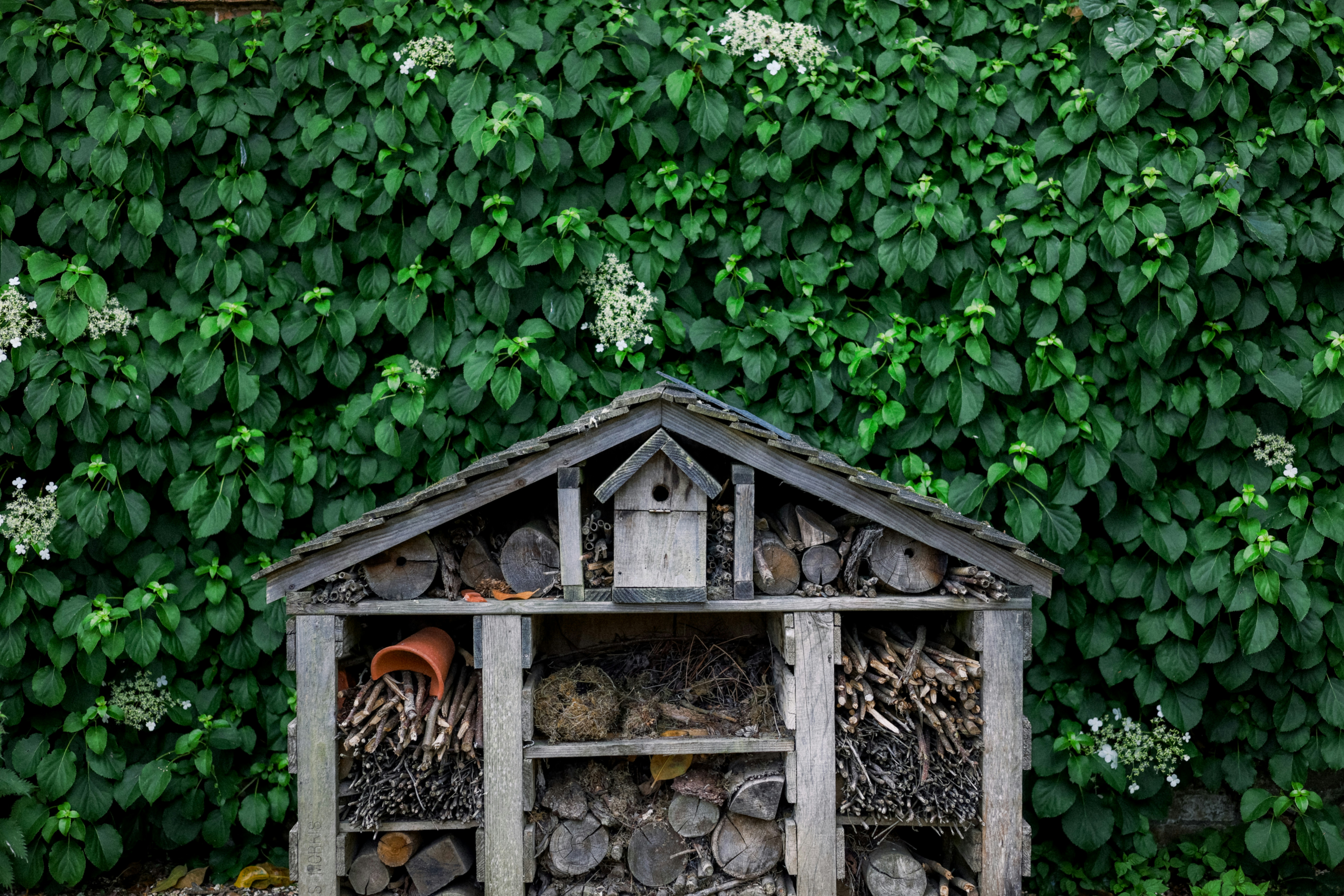
A lot of garden centers sell mason bee houses, and you can buy the mason bees in the spring, too. Mason bees provide early pollination.
Food
Food is probably the main reason wildlife sticks around your garden; if there isn’t any food, there isn’t any reason to stay. If you want to keep birds in your yard throughout the fall and winter, consider leaving spent blooms of flowers so there will be seedheads for them to snack on. Some great options are echinacea, sunflowers, asters, and zinnia. Teasel is a common plant considered a weed to most, but its dried seedheads offer food well into the winter.
Hedgehog Habitats
If you are lucky enough to be in an area of the world with hedgehogs ( I wish), consider helping them by making your yard a hedgehog haven. Hedgehogs are night hunters and can keep your slug and snail population down. Fallen logs and protected hedges make great hedgehog homes. You can also construct or buy adorable little houses. If you have a pond, ensure that they have safe water access by providing a gradual entry or a ramp. Hedgehogs can roam long distances (by their standard), so creating a path or “hedgehog highway” can be helpful. Create spaces in the fencing so they can get around if you have a garden on the small side.
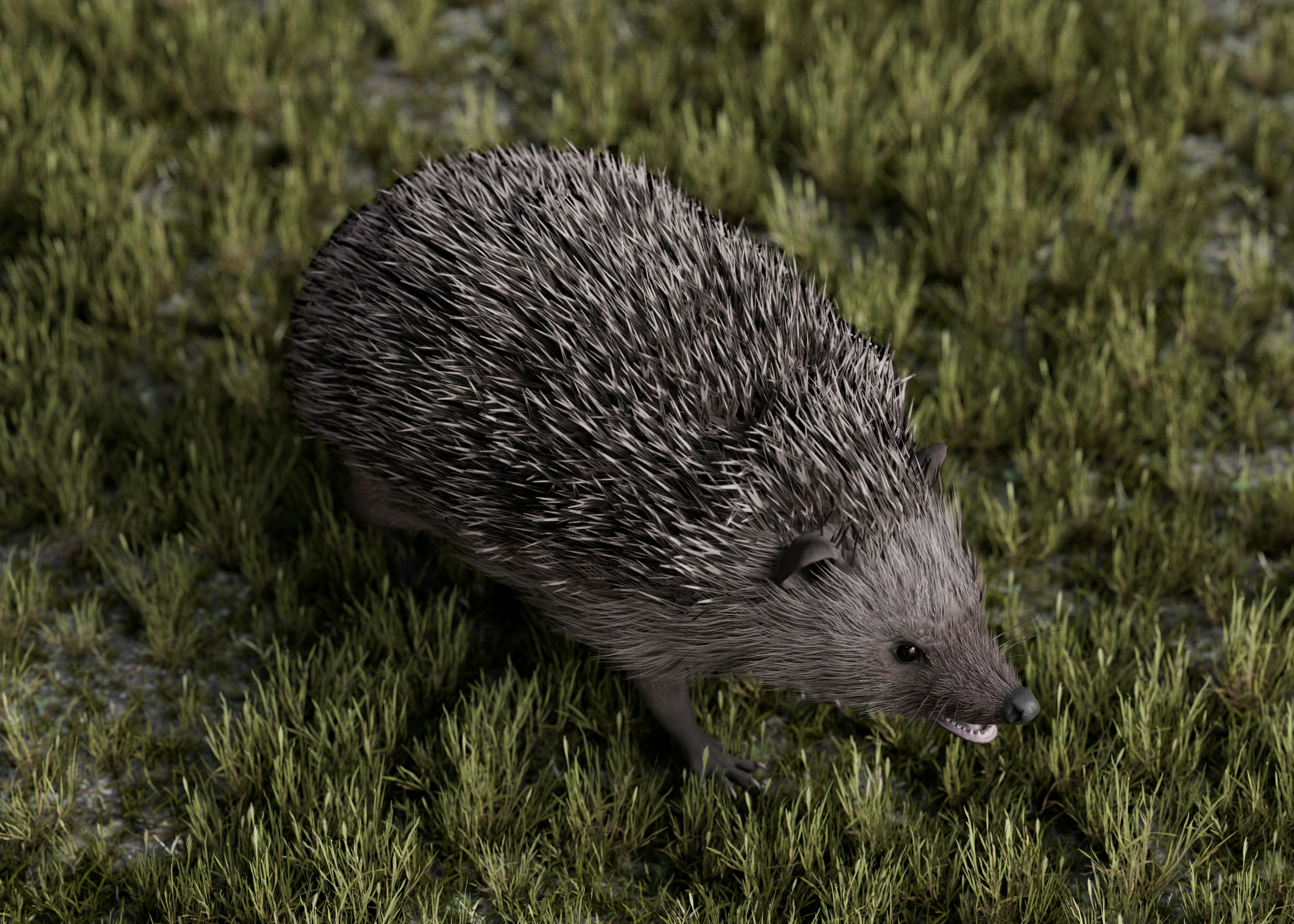
Sharing Space with our Wildlife Friends
Designing a wildlife garden is a rewarding project that benefits both the garden and the gardener. By adding in elements such as water sources, shelters, and food options, you can attract a diverse range of wildlife, enhancing your garden’s health and happiness. The Planter App can help you create the wildlife garden of your dreams!
